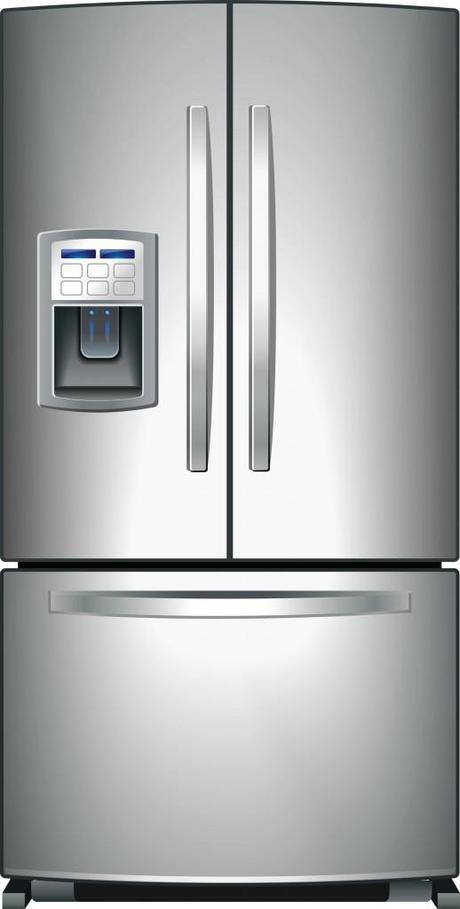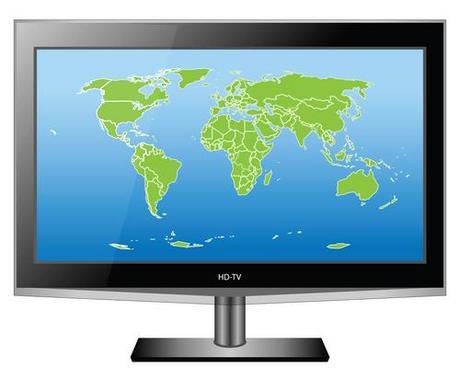Eco-friendly appliances are a wise investment, often paying for themselves within the first several years of use. Not only are they great for your power bill, but they also help the environment by conserving water and dramatically reducing greenhouse gasses and heavy metals. When shopping for new appliances, opt for the most energy-efficient models to save money, energy, and to curb emissions. According to the Department of Energy, the United States consumes an average of one million dollars worth of energy each minute. U.S. consumers can save more than $12 billion on utility bills just by switching to high-efficiency appliances. Get on board with the “green” sensation by learning about the best eco-friendly appliances for your home.
1. Refrigerators

2. Washers
Clothes washers with high-efficiency front-load capacity use less than half of the water used by traditional models. These clothes washers also come with an Energy Star rating, ensuring you’ll save more money and energy with every load. The ACEEE recommends that homeowners replace their washing machine if their current model is older than 10 years old. There are also other benefits that come from using an eco-friendly model, including rebate checks from the water utility company.
3. Air Conditioners
Living in a warm temperature generally requires the use of air conditioners in your home. Air conditioners, however, are known to be major power hogs. Opt for an air conditioning unit that has an automatic thermostat and one that will shut off on its own when the room has reached the desired temperature. More and more Energy Star models are making their way to the market, consuming less power and outputting a great deal less greenhouse gasses. Be sure to check the Seasonal Energy Efficiency Ratio (SEER) on the air conditioner, keeping in mind that a higher number equals better performance.
4. Dishwashers
By switching to an Energy Star dishwasher, you could be saving up to 25 percent less energy every time you turn it on. Dishwashers that are eco-friendly need little water to actually clean dirty dishes. Modern dishwashers have a variety of “green” features, including soil-sensors that adjust the water depending on the degree of grit and grime on the dishes. Dishwashers should be replaced at least every 10 years or sooner.
5. Televisions
Many homeowners don’t consider energy-efficiency when purchasing televisions. Flat panel televisions are often your best option, as they are one of the only electronics that do not contain lead, and can be found in Energy Star models. Plasma televisions are known to draw more power than LCD televisions, but there have been some improvements in energy efficiency over the years. On average, plasma TVs consumes 301 watts of power, while traditional LCD TVS consume 111.
So, what exactly is an eco-friendly or “green” appliance? This term refers to energy-efficient appliances used in the home, especially those that have the Energy Star rating. When homeowners make the switch to eco-friendly appliances, they use less energy, meaning less pollution from electricity. In many cases, the energy savings cancel out the initial cost of the appliance. When shopping for new appliances for the home, always look for the most energy efficient models.

